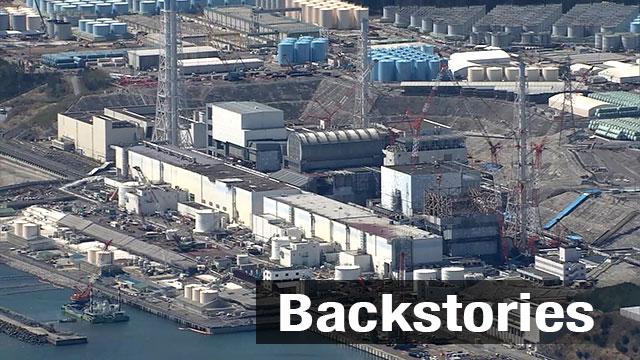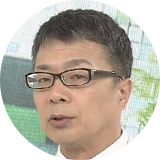The operation is taking place in the storage pool of reactor number 3. On the morning of April 15th , the Tokyo Electric Power Company, which operates the plant, started slowly removing fuel rods using remote-controlled equipment.
The storage pool contains 52 units of unspent fuel and 514 units of spent fuel. That's separate from the molten fuel in the reactor itself. The highly radioactive material has been sitting there ever since the nuclear accident.
The fuel rods will be placed in a container and transferred to another pool at the plant.
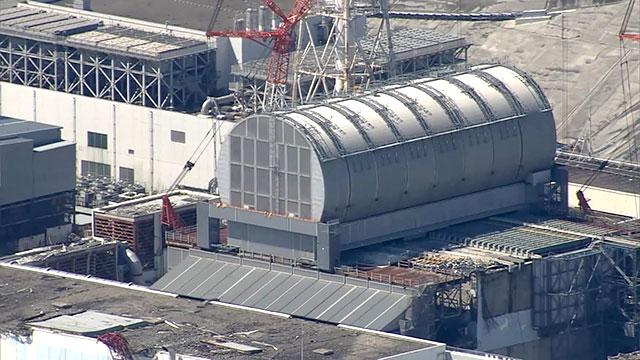
TEPCO intends to complete the operation for reactor 3 by March 2021. But the operation could be a very tough one. There are challenges TEPCO is grappling with.
Among the challenges is the need to take all the fuel assemblies, or structured groups of fuel rods, out by remote control because radiation levels are high in the buildings of the No.3 reactor following meltdowns.
Removal of fuel from the storage pool has been completed at the No.4 reactor building. That reactor did not suffer a meltdown, so radiation levels were comparatively low. Workers were able to watch over the removal work from above the pool. There was no major trouble in the procedure.
But the No.3 reactor suffered a meltdown. The storage pool area is heavily contaminated. Workers can enter the building for only an hour at a time. They are required to operate a crane remotely as they watch on monitors in a separate operation room.
A huge amount of radioactive materials are contained in nuclear fuel assemblies, especially spent fuel units. Damaging a fuel assembly could lead to release of radioactive substances, so workers are required to carefully operate the crane. Multiple workers must be engaged in checking monitors and radiation levels.
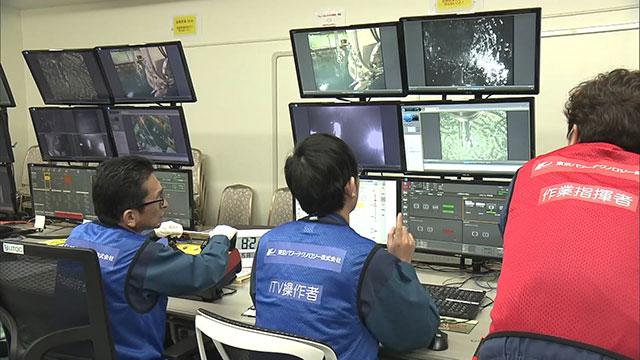
Another challenge is the problems with the crane. Tokyo Electric Power Company ordered it from a US company. During the past year, operations using the crane had to be stopped frequently because of errors in setting its voltage. A probe has found that the utility failed to fully check the crane's specifications.
When traveling overseas, it is necessary to be aware of the difference in voltages when using hair dryers, for example. Although the operator is a power utility, it failed to take note of voltage differences. TEPCO cannot escape criticism that it was not careful enough.
The utility says it has re-examined all related devices. But it should continue to carefully monitor the crane's conditions.
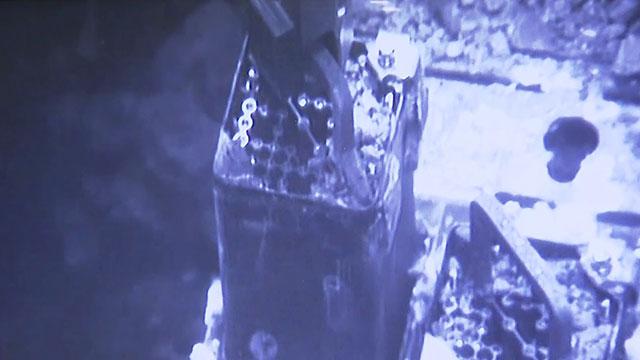
Nuclear fuel is also stored in the No.1 and No.2 reactor buildings. The operator says it will come out with specific plans for fuel removal from the buildings based on the work at the No.3 reactor building.
Tokyo Electric must also make sure to keep people in Fukushima Prefecture well informed of the daily work schedule at the plant and how it is being carried out.
The director of the Fukushima Daiichi nuclear power plant, Tomohiko Isogai, said that he will take steps to ensure that the decommissioning is implemented safely and that sufficient information is provided to the public.
Decommissioning the crippled reactors at the Fukushima Daiichi nuclear plant is expected to take as long as 40 years. It is necessary to remove fuel at an early date. But many challenges stand in the way.
